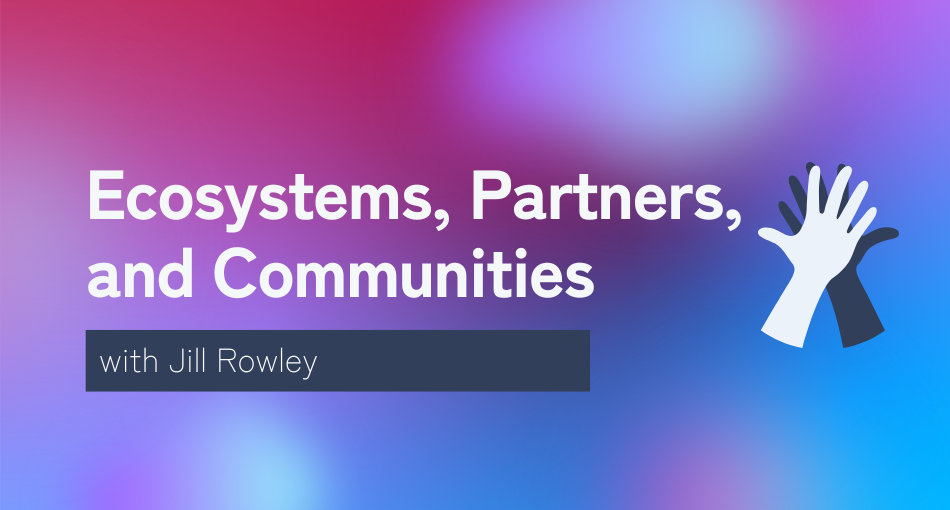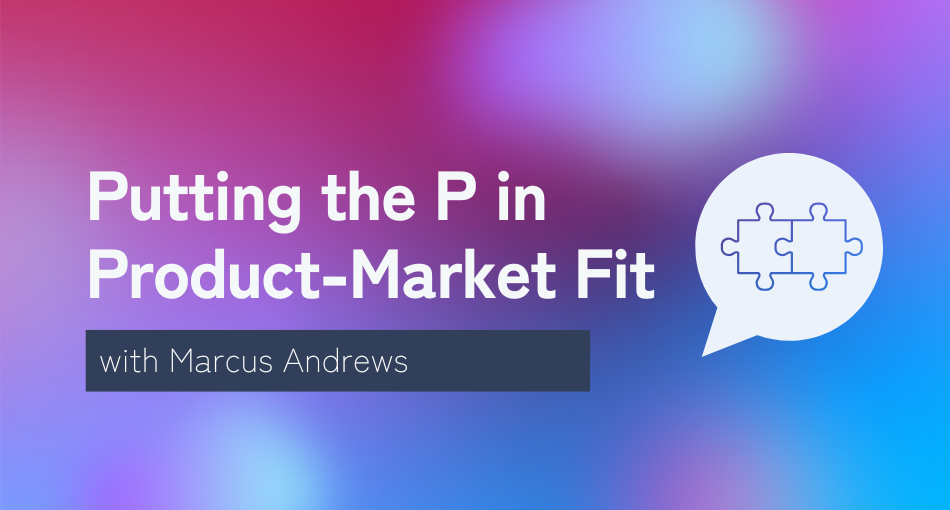 |
On this episode of the REVolution Podcast...
Listen in as we chat with Jill Rowley about the continued pressure B2B teams have to evolve the way we connect with buyers. She'll help unpack the increasing role ecosystems, partners, and communities must play in driving sustainable growth and how you can create and refine a strategy to get there.
Listen now, check out the transcript, and subscribe
Read along with the episode transcript here or find and subscribe on your favorite podcast platform.
About our guest
Jill Rowley has spent more than two decades in B2B SaaS with experiences in many notable companies including Salesforce, Eloqua, and Marketo. She’s an advisor with experience across sales and marketing technology companies and is a Limited Partner and Go-To-Market Advisor at Stage 2 Capital. She's all about focusing on the customer and supporting your GTM efforts with a broad ecosystem of partners and a strong community. You can follow Jill on LinkedIn.
Episode takeaways
Buyers’ preferences have changed the way companies should be selling
According to Jill, there are three high-level things impacting how revenue teams are working together. The first is all about delivering a better end-to-end customer experience (CX). The second is about improving how internal teams work together using data to design and deliver this experience, reduce friction, and eliminate customer-facing handoffs. It's critical to unite data and systems across teams in order to create a singular view of the CX and make better optimization decisions. Third is all about ecosystems and figuring out how your organization aligns with other partners to work better together on behalf of shared customers. [1:28]
In practice, this looks like no handoffs between teams, but instead, a business model that supports collaboration. In the case of product led growth (PLG), you need product data on top of the data being tracked by marketing, sales, customer success, and partners. Teams are requiring more direction, as in a technology map, about where to go for the information they need, which is the emerging function of revenue operations. [5:05]
Jill shares that revenue operations is not simply a rebranding of sales operations and shouldn’t be treated this way. Instead, the systems need to be aligned to externally support the customer’s needs from initial onboarding and education through to community building. [8:10]
With changes to how buyers are engaging, Jill believes a company’s brand isn’t as tied to messaging as it is to what customers are experiencing and saying. Partners—whether they be technology or services—and individuals in similar roles now have influence into how people are buying much more than a company’s marketing alone. [11:30]
Exciting opportunities abound for ecosystems
It’s an exciting time to be thinking about a partnership ecosystem because it feels like there are more questions than answers. Jill sees new frameworks, functions, models, and job descriptions being developed and it feels like the early days of MarTech. She cites Salesforce, HubSpot, and Xero as great examples of companies who have built or are building ecosystem models to support their customers through acquisition, connection, and partnership. [15:20]
If a company is smaller and thinking about the best way to enter ecosystems, they should be researching and showing up in the communities where their ideal customers are, then building with and for that community. As partners, many smaller companies have a preference to pair with a big company, but larger companies are now prioritizing who is the best value fit for their time and resources. [19:03]
When aligning internally is difficult, Jill thinks it’s important for a CRO or whomever is owning revenue to lead external alignment with a partner ecosystem. This motion might be more natural for Marketing to execute, but Customer Success may also have more insight based on the conversations they’re having with customers. [22:44]
As Jill says, “to build a category, you have to build a community,” and claims that even if they want to own the category, a company can’t create a category on its own. As the market and their categories have evolved, new requirements have emerged. This means companies are grouping together under new categories, new roles and job descriptions are being created, and processes need to be developed to keep up with that, which is all something we’ve seen before as new categories were created in the past with ABM, marketing automation, and others. [25:15]
Venture capitalists are starting to think about the partner ecosystem in a new way. Jill mentions the data shows that partner sourced and influenced deals have greater outcomes like better deal sizes, at higher conversion rates, with better velocity, which is attractive to venture capitalists (VC) evaluating portfolio companies. A VC might prioritize a company with less revenue but more partners over a company that has more revenue but only goes direct. [30:10]
For Jill, the partnership ecosystem is above Product, Marketing, Sales, and Customer Success because it is transformational for the models and frameworks that are going to come out of this work. This ecosystem will be scalable by employing the data, technology, automation, and processes we’ve established before in this new use case. [35:08]




%20(1).png)

